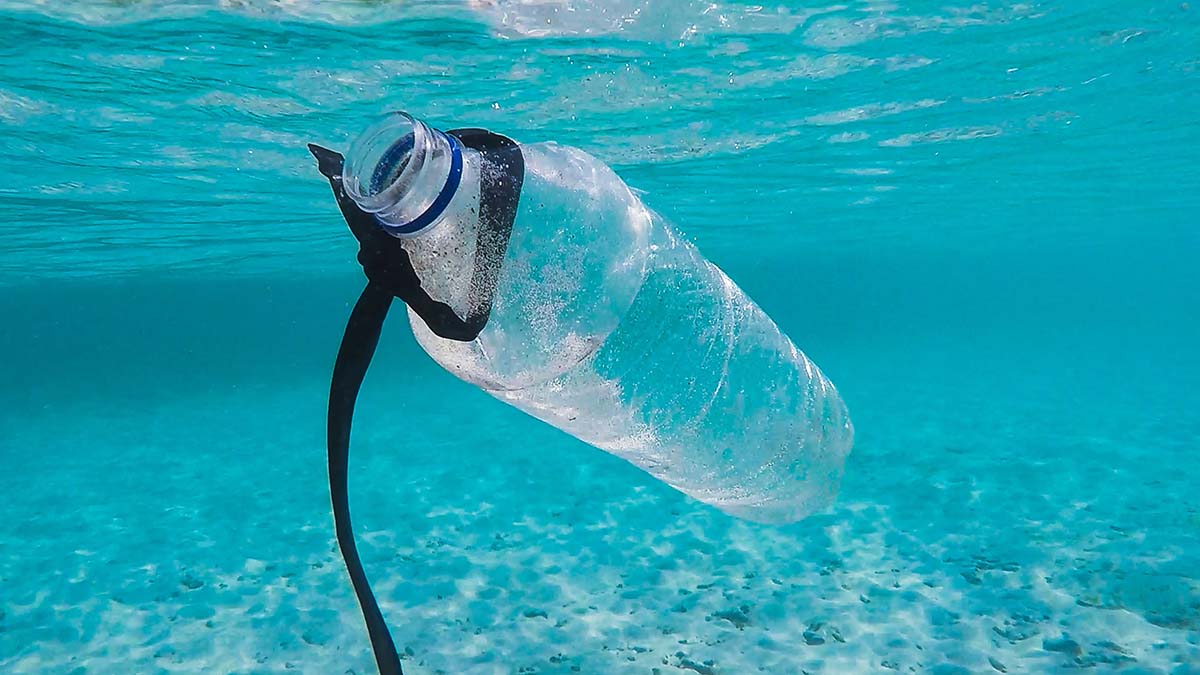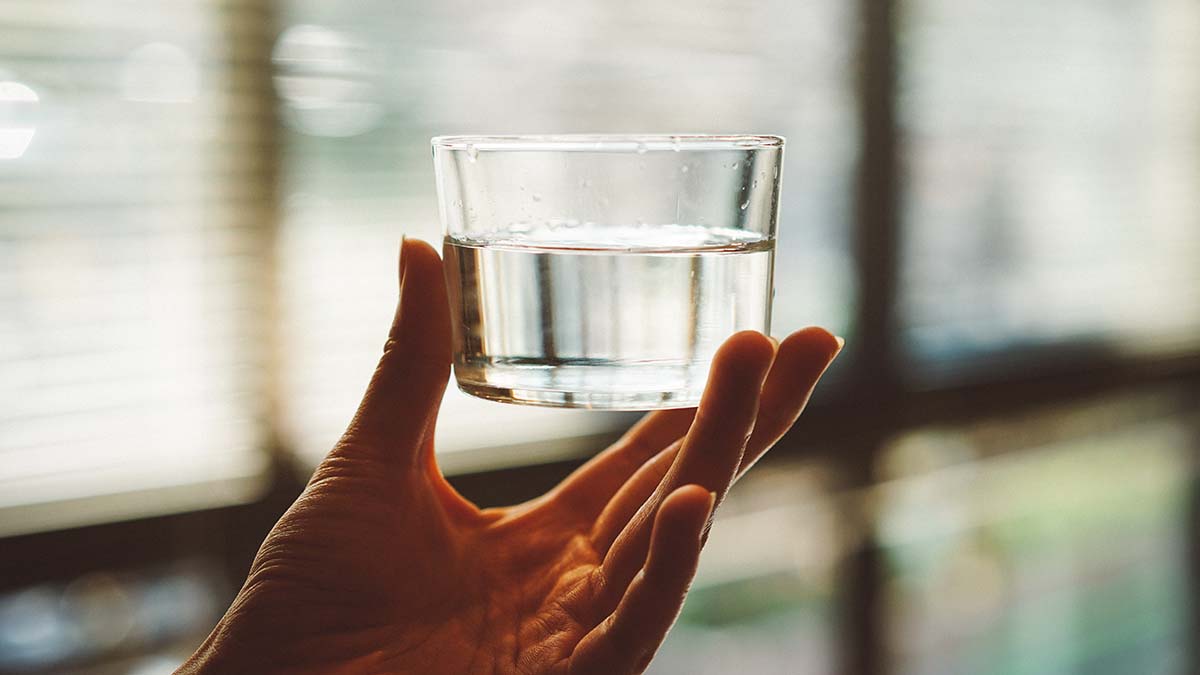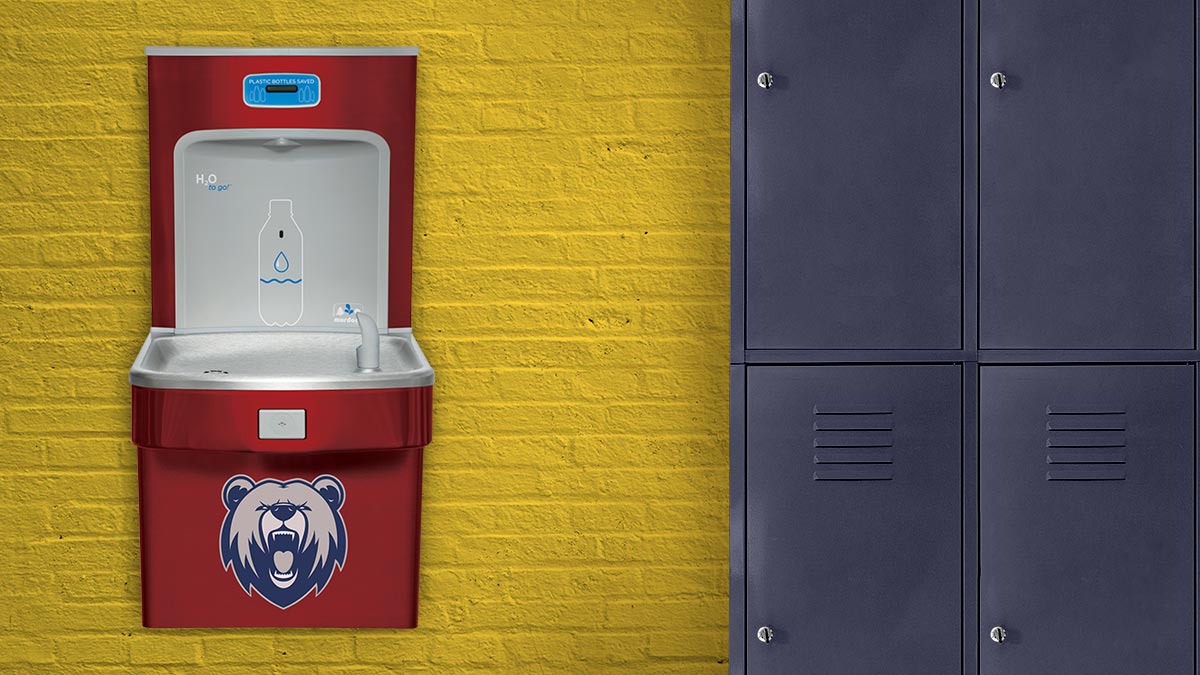
Upon review of several studies conducted at different universities around the world, researchers determined that perceptions about water quality drives the choice between bottled water and tap water.
Those perceptions include how the water tastes, looks, and smells and whether or not people think the water is safe to drink. Other factors come down to personal preference, convenience, and price.
Interestingly, among participants in the Mexico City study, although many survey participants said they trusted the tap water was safe, 62% said they couldn’t know for sure that the water distributed in the University water stations was safe. Of those unsure, 76% said they wouldn’t even know where to find that information.
That leaves just 20% of the participants believing bottled water quality is superior to tap water. The study states, “This condition is closely related to the perceived health risks, presence of contaminants, and other factors that may be implicit. Consumers generally do not have enough information to support such an argument.”
Empirical Evidence: Is Tap Water Safe to Drink?
The study shows us that even when people think tap water is safe, they don’t have evidence to support that opinion. On one hand, they’ve been told their water is safe, and on the other, they’ve heard story after story of tainted water supplies. It’s no wonder there is so much confusion.
It’s also no wonder that even people concerned about the amount of plastic in the environment will grab a bottled water from convenience stores. First, it’s readily available and second, “better safe than sorry.”
Overcoming this perception may be as simple as providing students, staff, and faculty with up-to-date information about your system’s water quality, and you make it easily accessible. Where can you find that information?
Your Region’s Consumer Confidence Report
In the US, the EPA requires that the public water supply is clean and safe before it leaves the water utility. Every utility must provide a Consumer Confidence Report (annual drinking water quality report) each year in July.
These reports include information such as the source of the drinking water, any risk of contamination of that source, levels of any contaminants in the drinking water, information on nitrate, arsenic, or lead in areas where these contaminants may be a concern, and much more.
While these reports are delivered to customers annually, they are easily accessible through your water supplier’s website and via the EPA.

Testing Guidance at the Facility Level
What those reports don’t show you are impairments to the quality of water after it leaves the utility. After it leaves the utility’s main and flows through lead plumbing parts (pipes, fittings, and fixtures), the water can get contaminated. The water must be tested in the facility and at the fixtures to determine those dangers. However, there are no federal mandates regarding this type of testing.
Some states and school districts have rules about how often the water must be tested for lead, yet some do not, and it’s left to individual schools to decide. For schools looking to institute a testing procedure, the EPA has a Toolkit for Increasing Access to Drinking Water in Schools that includes information about how to communicate testing results, whether positive or negative.
Overcoming Negative Perceptions
As the study mentioned above states, respondents said they didn’t have information on their campus’s water quality, nor did they know where to find it. University and College campuses can quickly fix that. Up-to-date information can be posted alongside hydration stations. You could create eye-catching posters with some basic info to reassure students, faculty and staff and provide a QR code to access detailed testing results. You can even go the extra mile by ordering water coolers and bottle fillers with a filtration system.
Single-Use Plastic Water Bottle Bans
Only a handful of Universities have implemented a single-use plastic bottle ban. While students like this idea and are usually driving the change, it’s not always practical. Some of the biggest hurdles to overcome are schools’ contracts with beverage companies supplying bottled water and sodas, juice, and energy drinks. There is also a concern that if you eliminate water as an option at campus vending machines, students will be forced to choose less healthy options. Of course, installing hydration stations that give students easy access to water can alleviate that concern.
Even if you don’t see your way to banning plastic water bottles on campus, you can learn how to reduce their use from schools that successfully implement total bans.
Partnerships to Uplift Communities (PUC) Schools, a non-profit charter school organization consisting of a total of 14 schools authorized by the Los Angeles Unified School District, managed to implement a total ban on single-use plastic water bottles.
We understand that bans in K–12 schools are pretty different from Universities, but consider that these students will be your students shortly. Plastic water bottle bans will be their established expectations.
How did they do it? According to Pathwater, there are three key components:
- Providing affordable reusable, 100% recyclable aluminum bottles
- Availability of water bottle fillers
- Environmental education to encourage reuse and recycling
While we can’t help with the first component, we can satisfy the second one and point you in the right direction for the third.
Murdock Manufacturing engineers and manufactures durable, reusable bottle-filling stations ideal for schools of any type. They are sensor-operated to help prevent the spread of germs and provide water in compliance with lead-free safety regulations.
The news video above features our H2O-to-Go!® Touchless Water Bottle Filling Stations. These bottle fillers can be customized with Pantone® colors or custom graphics. Schools and universities love the ability to add their logo, mascot image, or even just their colors to the units to help drive school spirit.

As far as that third point, environmental education, we recommend reaching out to your local water authority. They will either have materials to donate or can point you to an organization that does this sort of thing all the time.
Please contact us, if you have any questions about how indoor/outdoor water bottle filling stations, water coolers, and drinking fountains can help your campus reduce single-use plastic water bottles.

[…] Opisane studium przypadku pochodzi z USA od naszego producenta firmy Murdock. Oryginalny tekst dostępny TUTAJ. […]